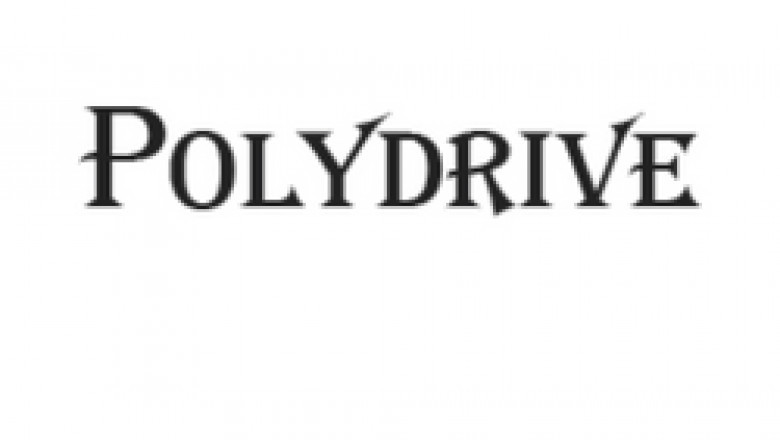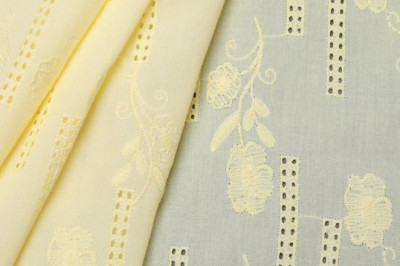views

Timing belts or cogged drives: Which should you choose when replacing your V-belt?
The V-belt is the most frequently used belt for machinery and engines' drive mechanisms. The V-belt's wedge or V-shaped cross-section design "wedges" in the groove, causing friction to rise. The belt's capacity to effectively transfer power is enhanced as a result. The design of the belt, the size of the pulley, and most importantly, the level of maintenance are all important factors in determining the wrapped V-belt's efficiency.
If slippage occurs and the belt is not properly re-tensioned, its efficiency can decrease from an average of 94% to as low as 88% as the belt wears out over time. When changing out a worn V-belt, it's worth thinking about other options that might work better. Cogged V-belts and timing belts are two options that frequently offer a solution that is more efficient.
Timing belts, also known as high-torque or positive-drive belts, are used to synchronize a machine's components' rotation. Timing belts make sure that parts work in the right order and at the right time. A timing belt, for example, is used in internal combustion engines to synchronize the camshaft and crankshaft rotation so that the cylinder valves open and close at the appropriate times during the intake and exhaust strokes of each cylinder.
A tooth-matched tooth-driven sprocket is required to install timing belts, which are designed with teeth. Due to their efficiency of up to 98 percent, they are frequently utilized in industrial settings. Slippage reduces the effectiveness of V-belts, even though they provide high efficiency as well. Since they need to be re-tensioned on a regular basis, maintenance costs are also a factor. Timing belts, on the other hand, do not need to be re-tensioned on a regular basis and maintain their efficiency over time.
Timing belts are preferred for many industrial applications, but due to the impact of belt teeth engaging pulley teeth, they typically produce more noise than v-belts.
Cogged belt's bending resistance is reduced by the slots, giving it more flexibility and the ability to wrap around smaller pulleys. As long as they are in good condition, they can be used in the same pulleys as wrapped belts, making it an easy and affordable upgrade.
Wrapped V-belts produce more heat than Cogged belts, but they last longer. Additionally, their efficiency rating is about 2% higher than that of a standard V-belt. When replacing a V-belt, a cogged belt increases efficiency without modifying the system's design or pulleys. Cogged belts also have a higher coefficient of friction than wrap-moulded belts, which means that they can transmit more power.
When compared to a V-belt, the notched or cogged design allows the belt to operate in a pulley with a smaller diameter, allowing the manufacturer to use less metal to create the sheave. However, in order to operate safely and minimize the motor shaft load, technicians must ensure that the minimum sheave diameter complies with NEMA standard recommendations.
Cogged belts are typically a better choice for applications that require vibration dampening or are subjected to heavy shock loads that can cause abrupt torque changes, which could shear the teeth off a timing belt. Timing belts, on the other hand, offer greater efficiency. The humming noise that timing belts make, which can be distracting or intrusive in some settings, is another potential drawback.
Consider switching to a timing belt or cogged belt when the standard V-belts on your machinery need to be replaced. Your system's efficiency and associated costs can both be improved by performing either operation. Cogged belts are the most affordable option because they use already-existing parts. However, installing a timing belt will require you to modify your current system to accommodate the new technology.
Timing Belts India and Famous Cogged Belt Manufacturers offer a wide range of V-belts and timing belts that are made to fit a wide range of applications. They have standard products as well as custom-made ones that are made to meet the needs of an industrial or commercial environment. India, one of the most well-known manufacturers of timing belts, provides high-quality timing belts that are utilized in a variety of industries, including the production of wood, chemicals, and textiles, and work effectively with virtually any kind of machinery.
You can contact Poly drive, a renowned Cogged Belt Manufacturer and producer of Timing Belts India, to learn more about how to replace your standard V-belt with a timing or cogged belt to improve the efficiency of your machinery and equipment.












